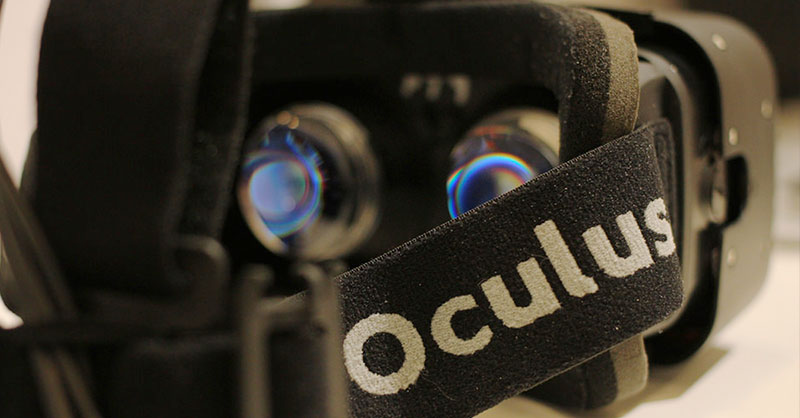
Many of the studios we talk to are already working on VR and 360° video on various projects. There’s no shortage of work to take on in this format, especially for creative agencies, as brands look for ways to wow their target audiences with new experiences.
VR and 360° video have grown massively in a short period of time. Projections in 2016 show the market for VR games, movies, and experiences to reach $30 billion in the next few years, with more than 20 million devices sold by 2018. But to clarify, VR and 360° video are not the same things; they are two parts of a bigger picture — immersive entertainment.
Fully virtual environments characterize VR, often rendered in video game engines like Unreal; VR content can take the form of a game, a story, or other experiences with varying levels of interactivity.
360° video – on the other hand – is a panoramic video made up of stitched footage from multiple camera sources, and it’s popping up everywhere. You can view 360° video natively on Facebook and YouTube with your smartphone, or in a VR headset within apps like Oculus, Milk VR, or Google Cardboard. Thanks to the relatively low barrier for entry, brands around the world have started experimenting with 360° video, and many with VR as well.
Here are three things to keep in mind when you’re ready to take on this new medium:
1. Break the fourth wall.
The difference with immersive experiences and traditional media is that your audience is no longer passively watching as a story unfolds on the screen. Instead, they are stepping into the stories universe, and when this happens the story becomes more personal.
Make your characters speak directly to the viewer, and find visual cues that to guide your viewer’s attention. You’ll see that when this is done in a VR or 360 it can be a very effective way of engaging the viewer.
In VR the story doesn’t have to change, but the way it’s told does.
2. Stop thinking about story entirely, and start thinking about experiences.
Yes this is somewhat contradictory to my last point. But many of the applications of 360° video aren’t even about a story! They’re about an experience. Things like creating a showroom, a virtual tour, or simply filming an event in 360° are currently the most mainstream uses of this technology. You’ll see this becoming more and more common among smaller brands in hospitality and real estate, and in live events like sports and concerts. Think about what experiences you can improve (car shopping, travel booking, etc…) by giving viewers a chance to look around in a new place.
3. Understand the limitations of 360° video.
In many ways, 360° video has become synonymous with VR. In a sense, they are two sides of the same coin, but they have some very different characteristics. 360° videos are static, panoramic videos, composed from multiple camera sources that have been stitched together to create a single video. With 360° video, things like framing, camera placement, and perspective are limited. Because of the nature of this format, EVERYTHING is in the shot: lighting, sound equipment, crew, and so on…it requires a special finesse. You can create great content in 360°, but you really have to think outside the box.
Knowing the uses of VR and 360° will help you stand out among the competition, and being prepared for it could land your company its next big project. If the projections are correct we’ll be seeing mainstream adoption of both VR, 360° video, and AR (…I’ll save that one for a future post) in less than a few years, so being ahead of the curve is a great way to make sure you don’t miss out on new opportunities. Take the time to weigh the cost and the benefits of preparing your company to take on these projects, and maybe you’ll find yourself leading the way in this new frontier.
What’s your take on VR and 360° video? Any tips you’d like to share? Let us know by sending your thoughts to @snstweets. See you in the holodeck!
